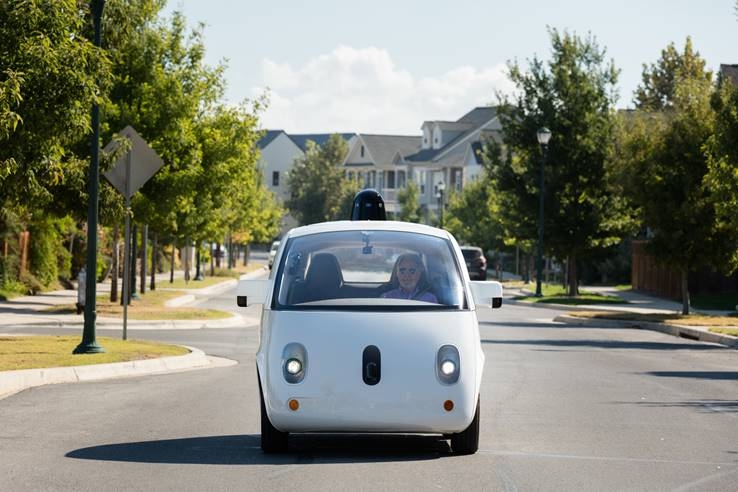 The question is how quickly they become mainstream
The question is how quickly they become mainstream
(written by Magellan Financial Group)
Milton Keynes is a UK town about 75 kilometres to the northwest of London where many streets are reserved for pedestrians and bicycles. That made it a suitable place to test driverless cars, one of the great possibilities tied to the rise of artificial intelligence.
In what was declared a successful experiment, ‘pods’ with radar, lidar (that uses pulses of light to measure distance) and cameras feeding data into a central computer drove two passengers through the town during testing in 2016. The robocar travelled along the digitally pre-mapped two-kilometre route from the railway station to the town centre at a maximum speed of 15 kilometres an hour.1
The testing is part of a three-year government-funded program begun in 2015 run by the UKAutodrive consortium of businesses, governments and academics. The trials seek to overcome the technical, safety, legal, insurance and social challenges of using driverless or automated vehicles in cities.2
Such testing is happening the world over as driverless driving represents one of the most-touted aspects of artificial intelligence. Almost every developed country including Australia is hosting pilot studies on automated vehicles. The big technology companies such as Alphabet, Apple and Uber and the largest car companies including Ford, Honda, Tesla and Volvo are investing billions of dollars into driverless technology. US-based CB Insights tallies that 44 companies3 are developing autonomous technology and many of them are road-testing prototypes. The US research company estimates that global investment just in auto-tech start-ups topped US$1 billion in 20164 and reached US$1.6 billion in the first six months of 2017, more than double that of a year earlier.5 Those investing hope to profit from a leap in transportation as significant as the bound from horses to cars was a century ago.
The promise of driverless cars, delivery bots and self-propelled buses and trucks is safer, faster, cheaper and more comfortable travel, especially for the disabled, the elderly and those who never learnt to drive. Robocars are poised to revolutionise travel within cities by promoting car sharing (what’s called transport as a service). Driverless proponents push the safety aspects the most because human error causes most of the world’s 1.25 million road deaths a year.6
The technological advances in automated driving are as impressive as any of the artificial-intelligence revolution. The breakthrough to fully autonomous cars has been made, cars are including more autonomous features, robocars that require human backup are for sale, self-driving taxis (with a safety driver) have picked up passengers and automated driving with no safety driver on public roads has occurred.7 Boston Consulting Group this year forecast that by 2030 a quarter of all miles driven in the US could be done in shared, self-driving (and electric) vehicles, and by that year more than 4.7 million autonomous vehicles will have displaced five million conventional cars.8 Research firm IHS Automotive predicts the take- up of driverless cars to accelerate from 2030, such that 21 million robo-vehicles will be sold annually by 2035.9 (In 2016, for context, about 92 million vehicles were sold worldwide.10)
But driverless cars are a while away from meeting the expectations of their biggest advocates such as Elon Musk who said this year that by 2019 the technology would allow people to sleep while being driven11 The largest obstacles to the mass uptake of driverless cars may prove to be challenges away from the technology. These issues include safety, legal and insurance liabilities, cybersecurity risks and making roads suitable. Above all this sits the unanswerable question of whether or not the public will feel safe being propelled at great speed by software. Enough people will surely be willing. Driverless vehicles are coming in some form – the technological advances so far, the amount of money being invested and the greater commercial viability of the technology will ensure a driverless world of some description.
To download the complete article - click on the link below.


